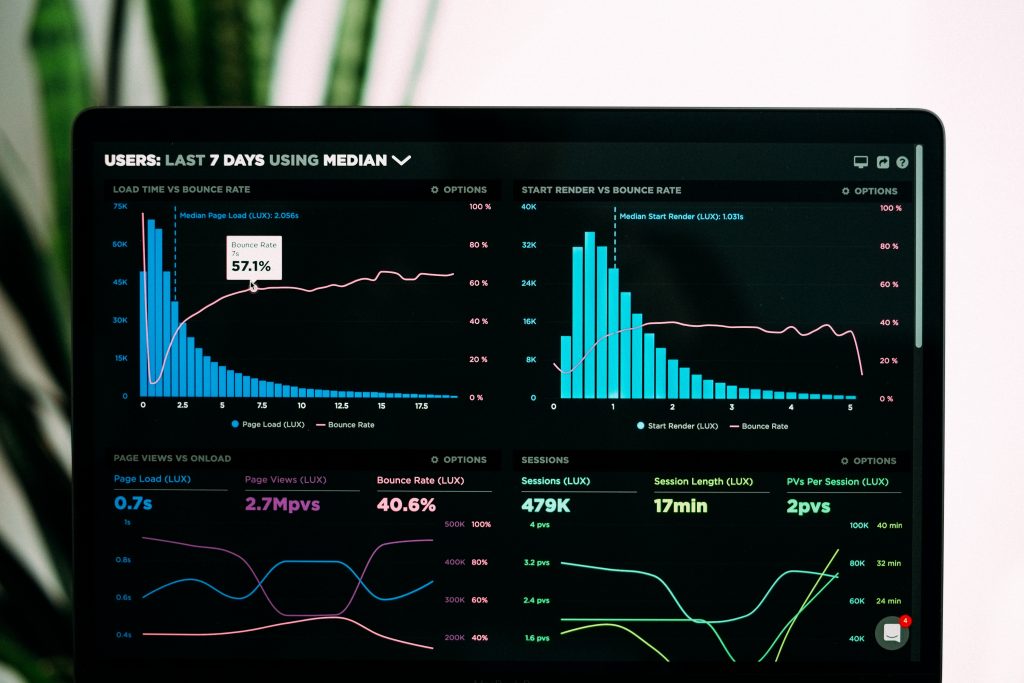
A few weeks ago, I read an article in the MIT Sloan Management Review, by Jeanne Ross, titled, “Why Hypotheses Beat Goals.” It makes the argument that instead of setting goals, more companies should be willing to make educated guesses about what will happen next — and then try to proves those hypotheses out. As Ross explains:
A hypothesis emerges from a set of underlying assumptions. It is an articulation of how those assumptions are expected to play out in a given context. In short, a hypothesis is an intelligent, articulated guess that is the basis for taking action and assessing outcomes.
Hypothesis generation in companies becomes powerful if people are forced to articulate and justify their assumptions. It makes the path from hypothesis to expected outcomes clear enough that, should the anticipated outcomes fail to materialize, people will agree that the hypothesis was faulty.
Building a culture of effective hypothesizing can lead to more thoughtful actions and a better understanding of outcomes. Not only will failures be more likely to lead to future successes, but successes will foster future successes.
Every place I’ve worked has set aggressive goals, and I still think that should be part of the process at any workplace. But I have been thinking a lot about Ross’ theory in the context of project prioritization — looking at a long list of ideas and deciding which ones to work on next. At some companies, prioritization is driven by “sizing,” which is the process of estimating how big or impactful a particular project could be. Sizing is supposed to ensure that the team prioritizes work that they know will have significant impact. Other companies tend to focus on hypotheses — we think that if we try X, it might result in Y. They still care about the end results, too, and often have data to support their hypothesis, but they’re willing to take on a bit more risk in the process.
There isn’t a right answer here, although my bias is towards hypotheses over sizing. I’d rather spend more time trying new projects, testing new ideas, and analyzing what’s already been done, as opposed to tying up resources trying to project the potential impact of a particular project.
I’m a bit biased for another reason: So often, when I’m working with a team on something brand new, there isn’t a lot of data for us to work off of. How big could this newsletter be? How much traffic could it drive? What will this product look like a year or two out? We might not have the answers — or even be able to make a semi-educated guess! — because we haven’t tried anything like it before. At a company that focuses heavily on sizing, that type of project almost never makes out of the concept phase, since there will always be other ideas that are easier to project in the short term. But at a hypothesis-oriented company, that idea might get off the ground because leadership is willing to try something that hasn’t been tried before, even if it might fail.
In the long run, I think it’s important for teams to set ambitious goals. The real question is: How will you decide what projects are most important en route to those goals?
———
That photo of a dashboard comes via Luke Chesser for Unsplash.
